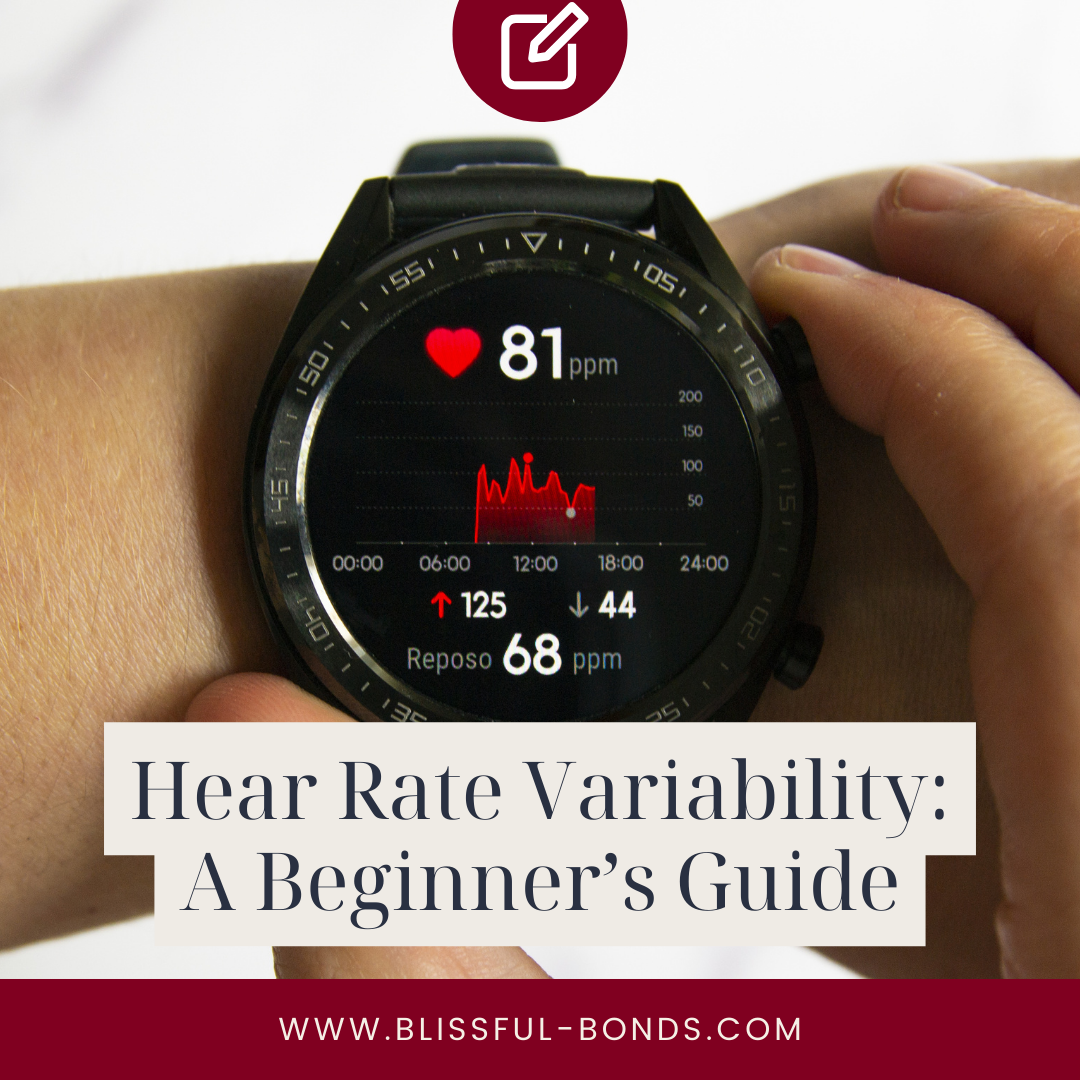Hear Rate Variability: A Beginner’s Guide
In the quest for better health and well-being, understanding your body's signals is crucial. Heart Rate Variability (HRV) is one such signal that can provide valuable insights into your overall health, stress levels, and physical fitness. In this beginner's guide, we'll explore what HRV is, why it's important, how to measure it, interpret the results, factors affecting HRV, and how you can use it to improve your health.
Heart Rate Variability, or HRV, is a measure of the variation in time between successive heartbeats. Unlike tracking your average heart rate, HRV focuses on the changes in the time intervals between each heartbeat. This variation can offer a window into your autonomic nervous system and its response to various stressors, providing valuable information about your overall health. Understanding Heart Rate Variability may be helpful in varying ways such as:
Stress and Well-being: HRV serves as an indicator of your body's stress response. Lower HRV is often associated with higher stress levels, making it a useful tool for managing and reducing stress.
Fitness Monitoring: Athletes utilize HRV to track their training progress and recovery. By monitoring HRV, they can optimize their workout routines and prevent overtraining.
Health Monitoring: Changes in HRV can sometimes serve as early warning signs of underlying health issues, such as cardiovascular problems or respiratory disorders. Regular HRV monitoring can help you stay proactive about your health.
To measure HRV effectively, follow these steps:
Heart Rate Monitor: You'll need a reliable heart rate monitor that can accurately measure the time intervals between heartbeats.
HRV App or Device: Many apps and wearable devices are available to calculate HRV for you. Popular options include Garmin, Apple Watch, and dedicated HRV monitoring devices.
Time and Consistency: For consistent results, measure your HRV at the same time each day. The ideal time is in the morning after waking up and before engaging in any vigorous activities.
Here's how to interpret them:
High HRV: Generally, a high HRV indicates a healthy and well-balanced autonomic nervous system. It suggests good adaptability to stressors in your environment.
Low HRV: A consistently low HRV may signal higher stress levels or potential health issues. If you consistently notice low HRV readings, it's advisable to consult a healthcare professional for further evaluation.
Trends Over Time: Instead of fixating on individual readings, look for trends in your HRV over time. Monitoring changes in your HRV can provide more informative insights into your well-being.
Several factors can influence your HRV:
Stress: High levels of stress can lead to a reduction in HRV.
Physical Activity: Regular exercise can increase HRV over time and is a key component of a healthy lifestyle.
Sleep: Quality sleep is crucial for optimal HRV. Prioritize getting enough restful sleep each night.
Diet: Nutrition plays a role in HRV; maintaining a balanced diet can positively affect it.
Age: HRV typically decreases with age, so keep this in mind when interpreting your readings.
How can HRV help your well-being?
Incorporating HRV monitoring into your routine can provide valuable insights into your health and well-being, helping you make informed decisions for a happier, healthier life. Improving Heart Rate Variability (HRV) often involves making positive lifestyle changes that support overall well-being and the health of your autonomic nervous system. Here are some tips to help improve HRV:
Manage Stress: Practice stress-reduction techniques like mindfulness meditation, deep breathing exercises, or progressive muscle relaxation. Engage in activities you enjoy, such as hobbies or spending time in nature, to reduce daily stress.
Regular Exercise: Incorporate both aerobic (cardiovascular) and strength training exercises into your routine. Avoid overtraining; monitor your HRV to adjust exercise intensity and allow for adequate recovery.
Sleep Quality: Aim for 7-9 hours of quality sleep each night. Maintain a consistent sleep schedule and create a comfortable sleep environment.
Nutrition: Consume a balanced diet rich in fruits, vegetables, lean proteins, and whole grains. Limit processed foods, excessive caffeine, and alcohol.
Hydration: Stay adequately hydrated throughout the day by drinking water regularly.
Limit Stimulants: Reduce or eliminate the use of nicotine and other stimulants, as they can affect HRV negatively.
Mind-Body Practices: Practices like yoga and tai chi can improve HRV by promoting relaxation and reducing sympathetic nervous system activity.
Social Connections: Maintain positive relationships and social connections to support emotional well-being.
Biofeedback and HRV Training: Some individuals use biofeedback devices and HRV training programs to learn how to control and improve their HRV through guided exercises.
Breathing Exercises: Slow, deep breathing exercises can stimulate the parasympathetic nervous system and increase HRV. Try techniques like coherent breathing (inhaling for a count of 5, exhaling for a count of 5).
Limit Late-Night Screen Time: Minimize exposure to screens (phones, computers, TVs) before bedtime to improve sleep quality.
Professional Guidance: If you're experiencing persistent low HRV or have specific health concerns, consult a healthcare professional or a certified HRV specialist for personalized guidance.
Remember that improving HRV is often a gradual process, and individual results may vary. It's essential to track your progress over time and make adjustments to your lifestyle as needed. Always consult with a healthcare provider before making significant changes to your exercise or dietary habits, especially if you have underlying health conditions.
If you’d like support in adapting behaviors that help you improve your quality of life and self-care practices and/or personalized guidance in using mindfulness-based practices to manage stress, relax, become more alert and focused, and cope with challenges in a healthier way, click here to request a session.
I am a PhD in Clinical Sexology candidate at Modern Sex Therapy Institutes and have a Master of Science in Educational Psychology. I work with individuals, couples, non-monogamous relationships, and groups in topics related to sexuality, emotional regulation, communication dynamics, and changing behaviors.


